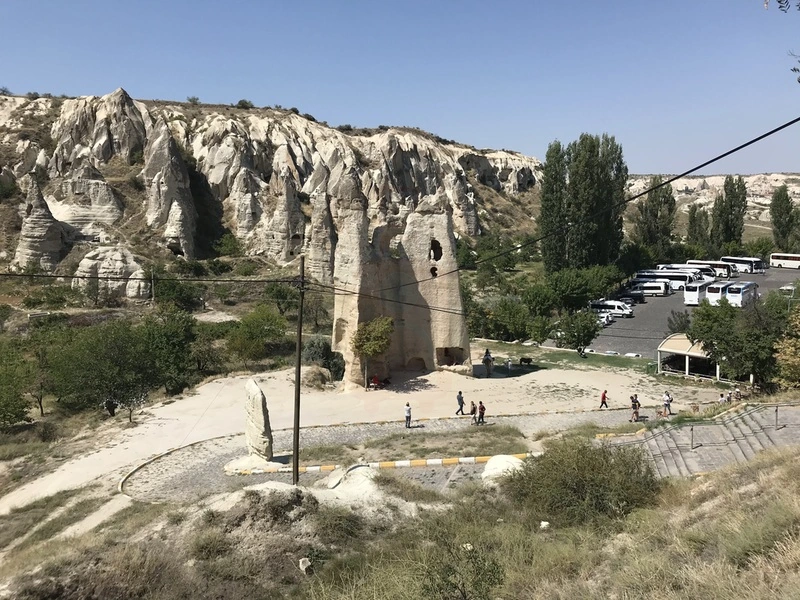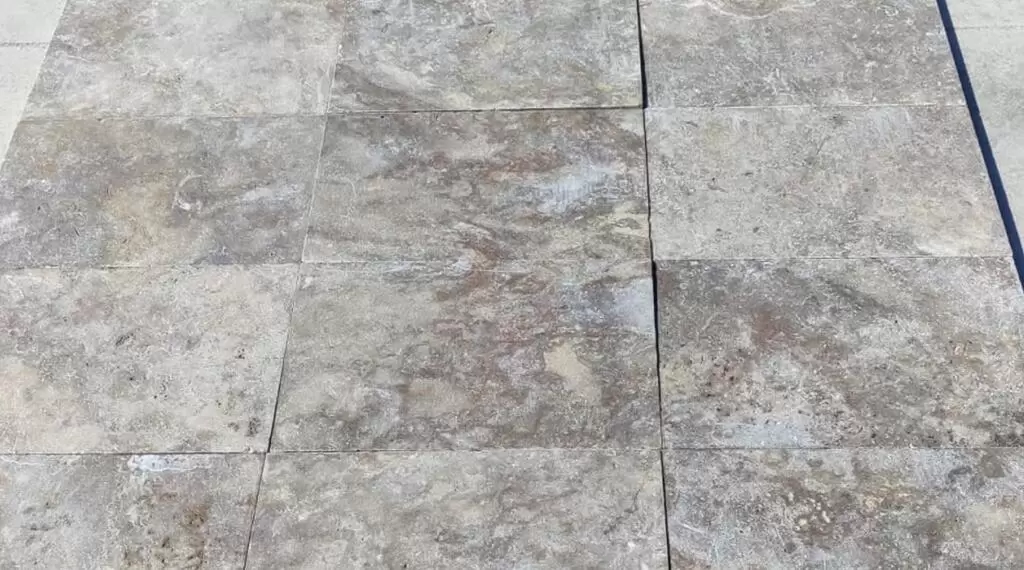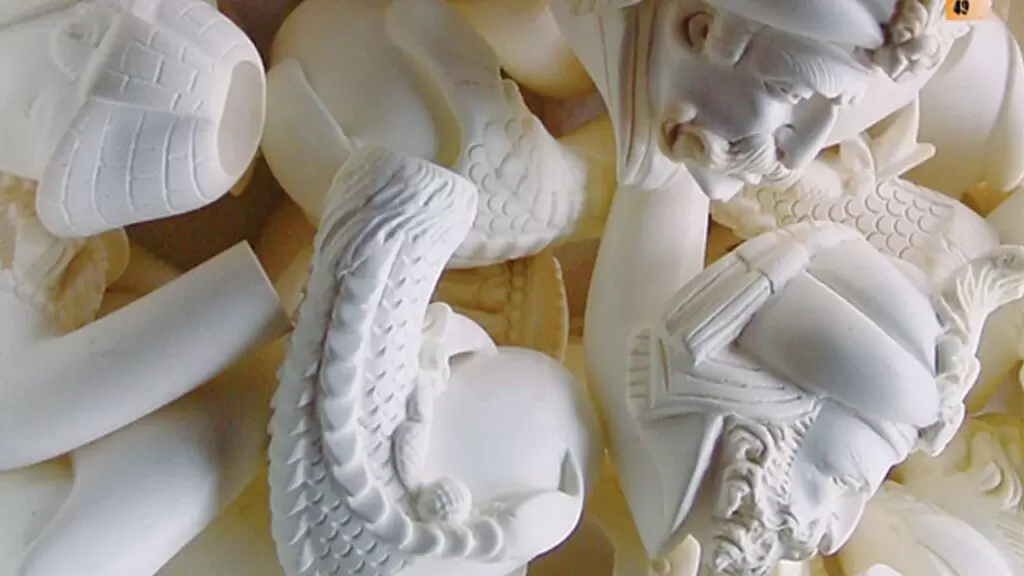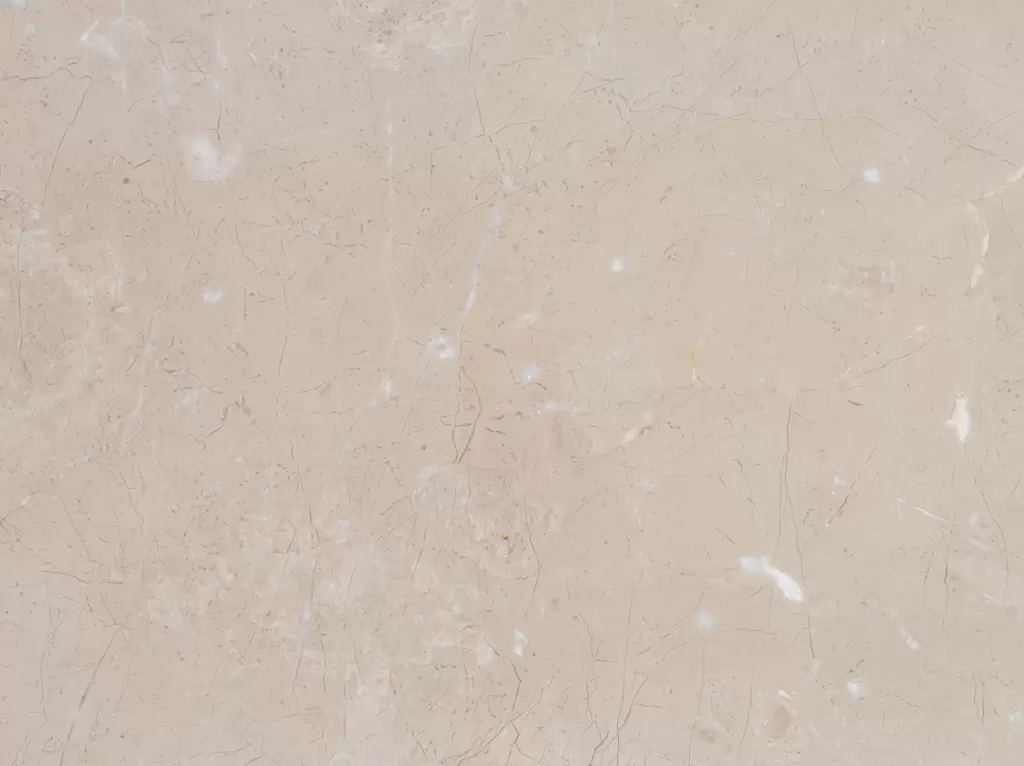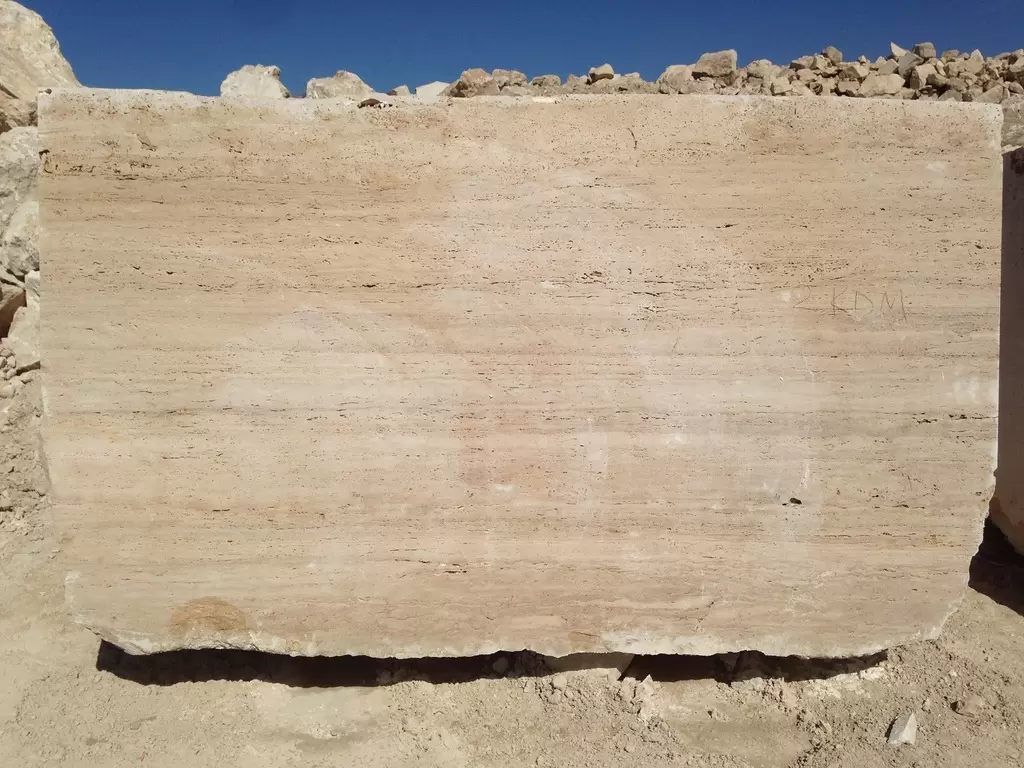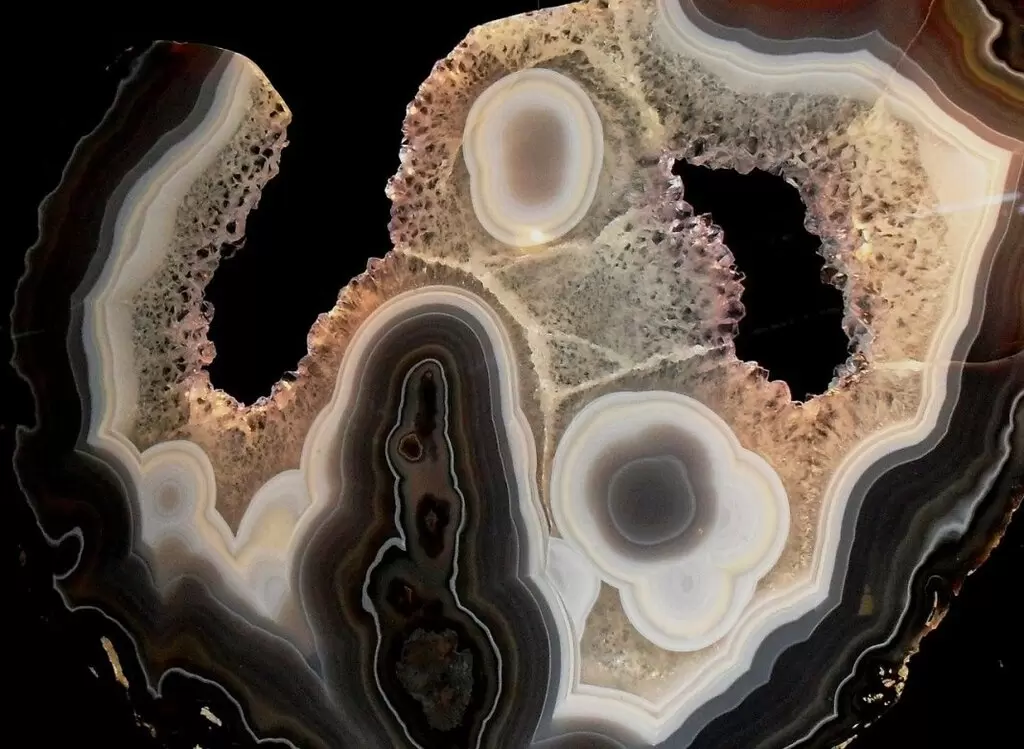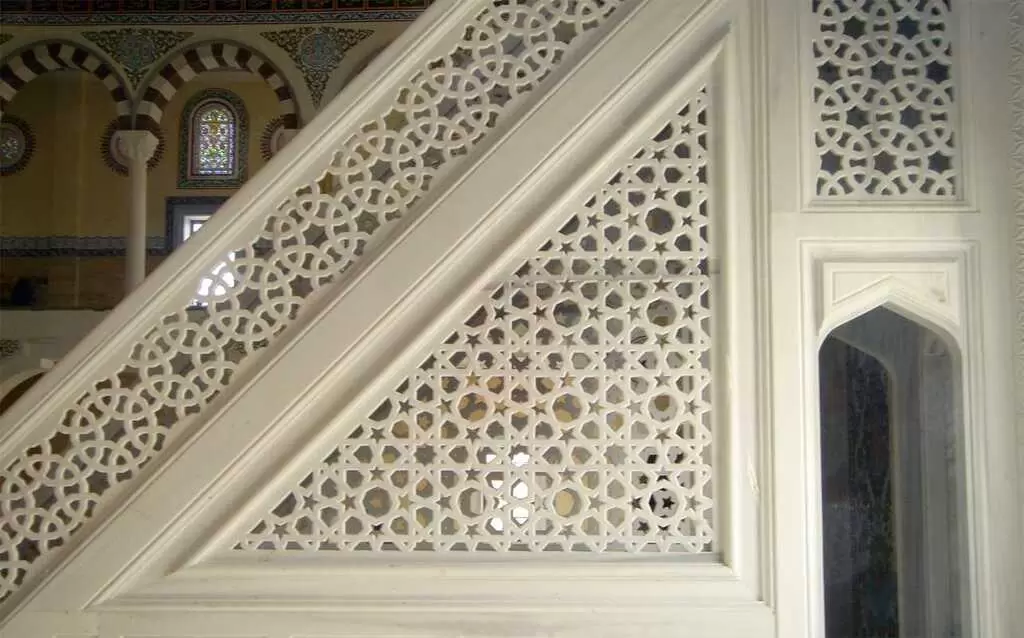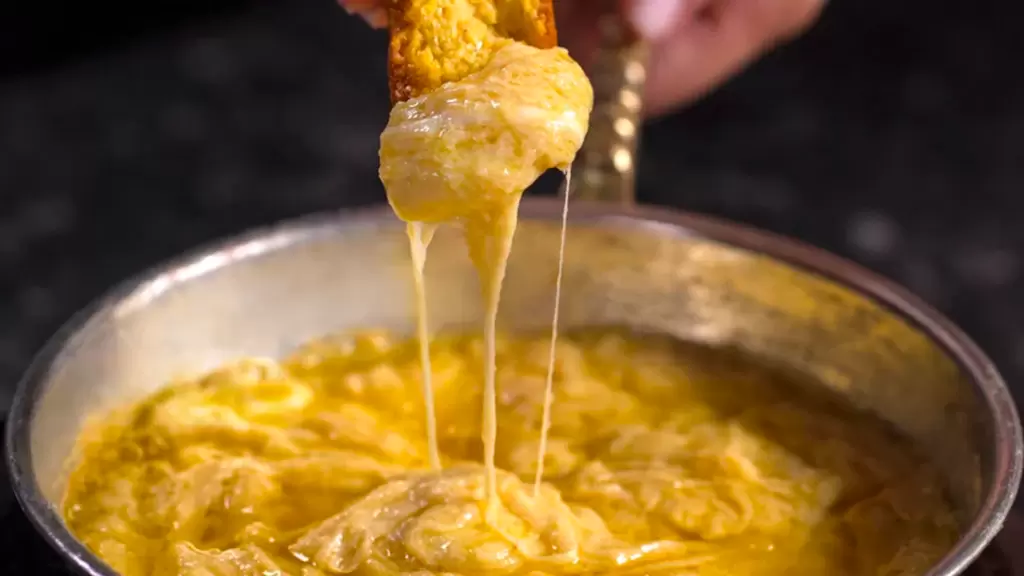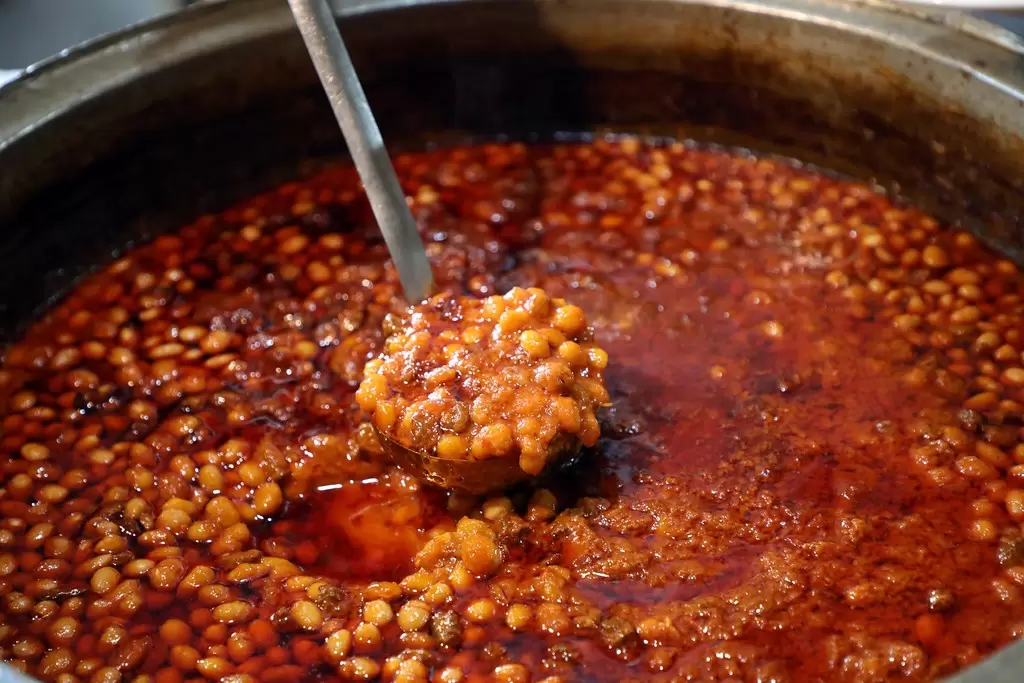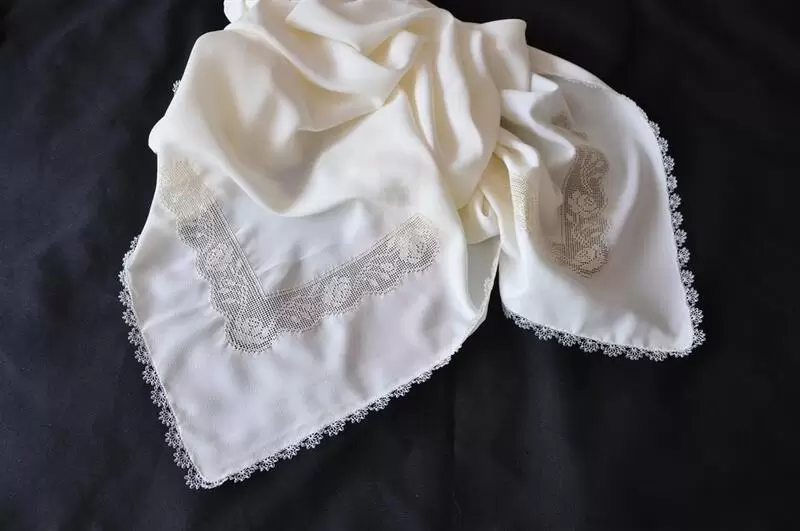
Maraş File Embroidery is a culturally significant and geographically indicated handicraft originating from Kahramanmaraş, Turkey. This intricate embroidery technique has been passed down through generations and serves as a representation of the rich artistic and cultural heritage of the region. Known for its delicate craftsmanship, Maraş File Embroidery stands out for its unique method, materials, and patterns, making it a hallmark of traditional Turkish art.
Distinctive Features
-
Unique Technique
Maraş File Embroidery is characterized by its distinctive process, where the fabric is first meticulously de-threaded in specific sections, creating an open grid-like structure. This is followed by intricate stitching that fills these spaces with designs. The final product features a pattern that is identical on both the front and back, showcasing the skill and precision of the artisan. This method, exclusive to Maraş File Embroidery, distinguishes it from other regional embroideries. -
Special Fabrics
The embroidery is performed on high-quality silk fabrics, particularly Mongol and Demor types. Mongol fabric is woven with threads of varying thickness, requiring careful de-threading before the embroidery process begins. Demor fabric, on the other hand, has threads of equal thickness and is available in both natural and dyed colors, offering versatility in design. -
Silk Threads and Fine Needles
The embroidery threads are made of pure silk, valued for their sheen, strength, and fine texture. These threads are separated into single strands for stitching, allowing for intricate and delicate designs. The process employs slim needles, typically 1.5 cm long, enabling the creation of fine, precise details that contribute to the embroidery's overall elegance. -
Nature-Inspired Patterns
The designs often draw inspiration from nature, featuring stylized flowers, leaves, and other botanical elements. Geometric patterns and vase motifs are also common, with each design reflecting the creativity and taste of the artisan. These patterns are not rigidly fixed and often vary depending on the individual’s artistic vision. -
Handcrafted Precision
Every step of the production process is done by hand, from preparing the fabric to the final embroidery. This ensures the highest level of craftsmanship and highlights the artisanal expertise that defines Maraş File Embroidery. Due to the delicate nature of the materials and techniques, the process requires significant skill and patience. -
Cultural and Historical Value
The embroidery technique is deeply rooted in the traditions of Kahramanmaraş, reflecting the region's cultural identity. Historically, it was an essential part of dowries and played a significant role in Turkish household artistry. The craft's techniques and traditions have been preserved through oral transmission and hands-on training, ensuring its survival and continuity.
Production Process
The production begins with selecting a suitable fabric, which is then prepared by removing threads to create the open-grid structure. The artisan counts the threads carefully to ensure uniformity, then begins stitching intricate designs using silk threads and fine needles. The embroidery is completed in two main stages: the base grid structure, known as "file water," and the detailed motifs, often referred to as "mercimek ajuru" (lentil lattice). Finally, the fabric is treated to preserve its form and enhance its visual appeal.
Modern Relevance
Maraş File Embroidery continues to be highly valued for its beauty and craftsmanship. While it was traditionally used for household items like tablecloths and curtains, it is now appreciated as an art form, often displayed as decorative pieces or incorporated into modern designs. The embroidery remains a significant attraction for visitors to Kahramanmaraş, who seek to connect with the region’s rich cultural history.
This intricate and elegant handicraft is not only a symbol of the artistic legacy of Kahramanmaraş but also a testament to the enduring appeal of traditional Turkish embroidery techniques.






